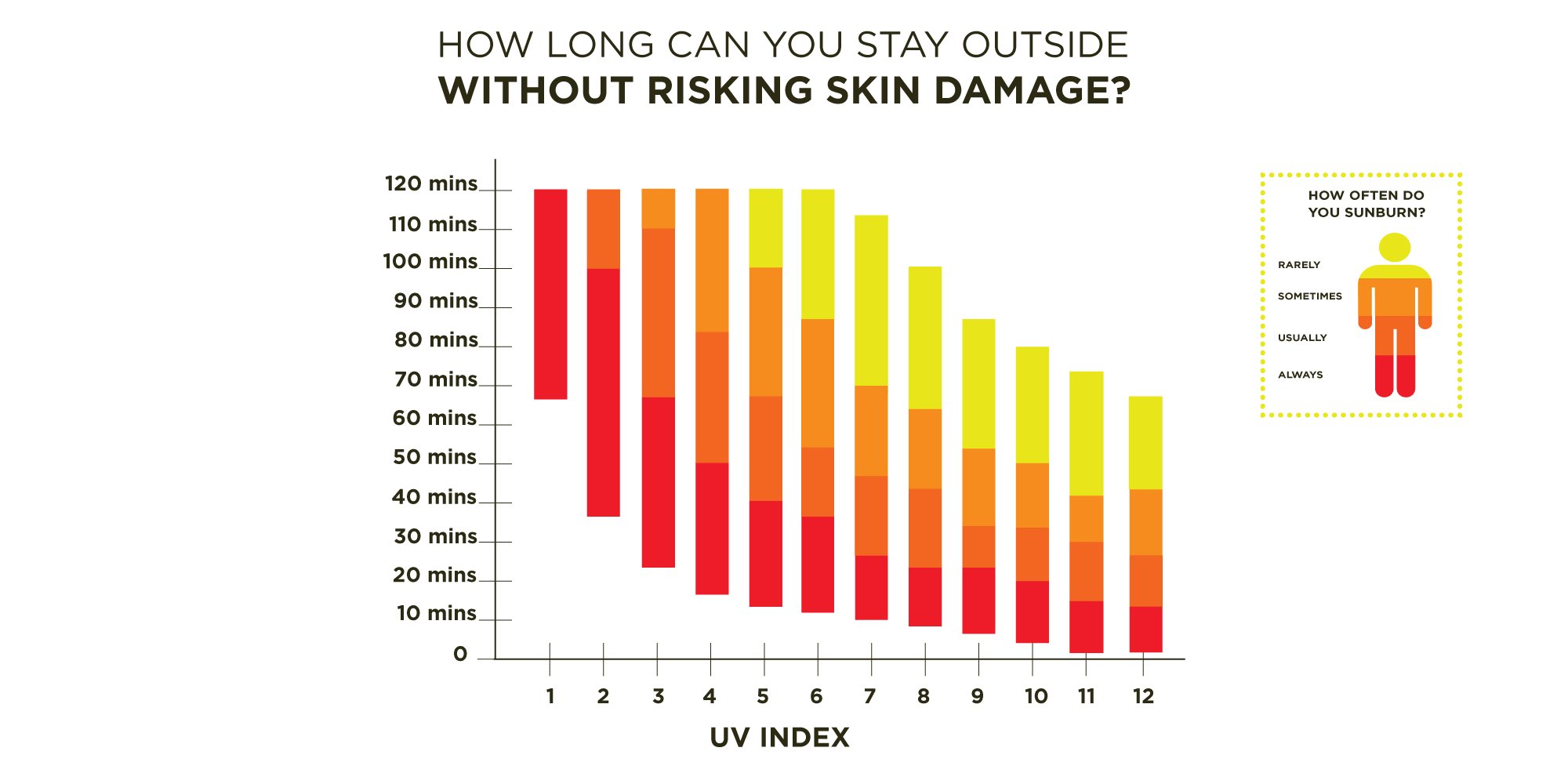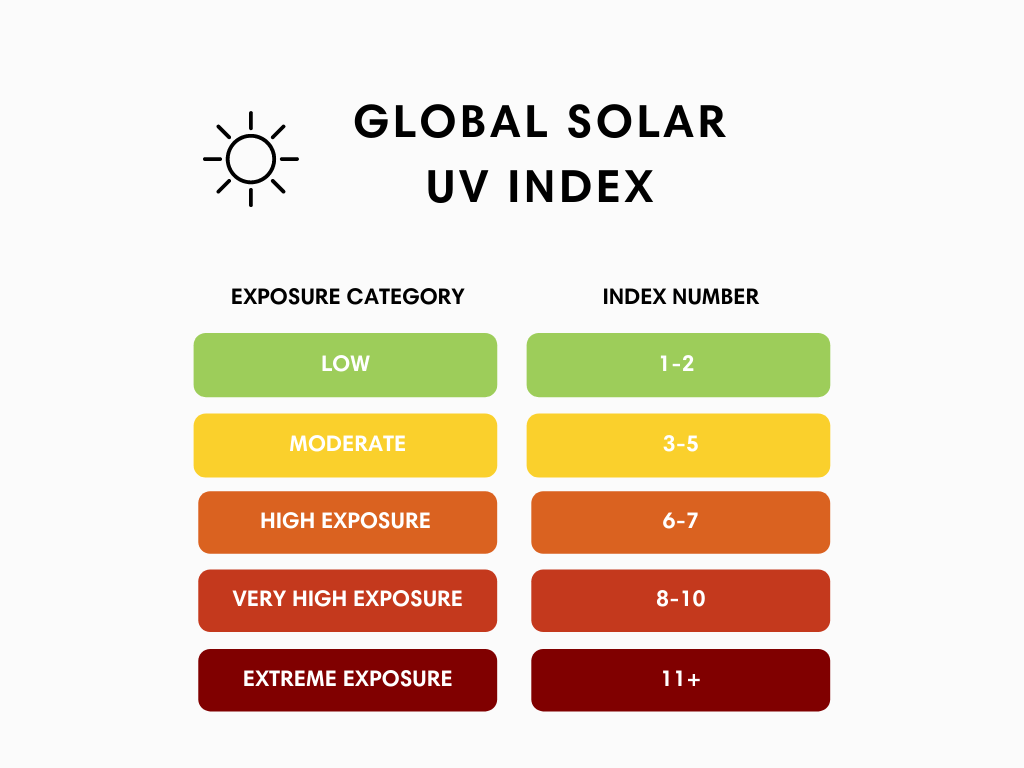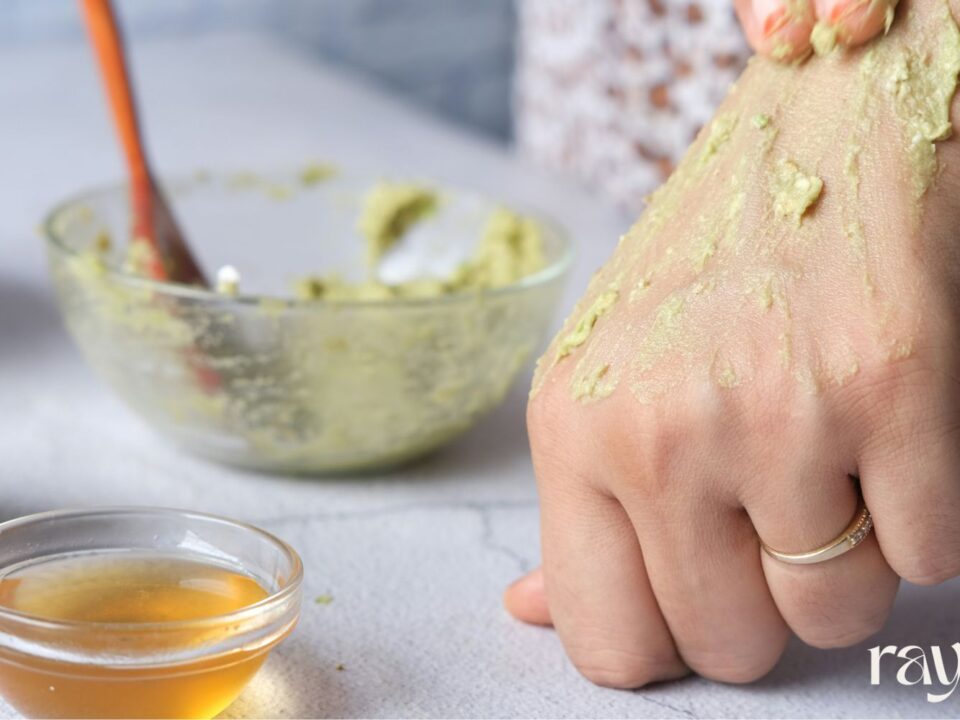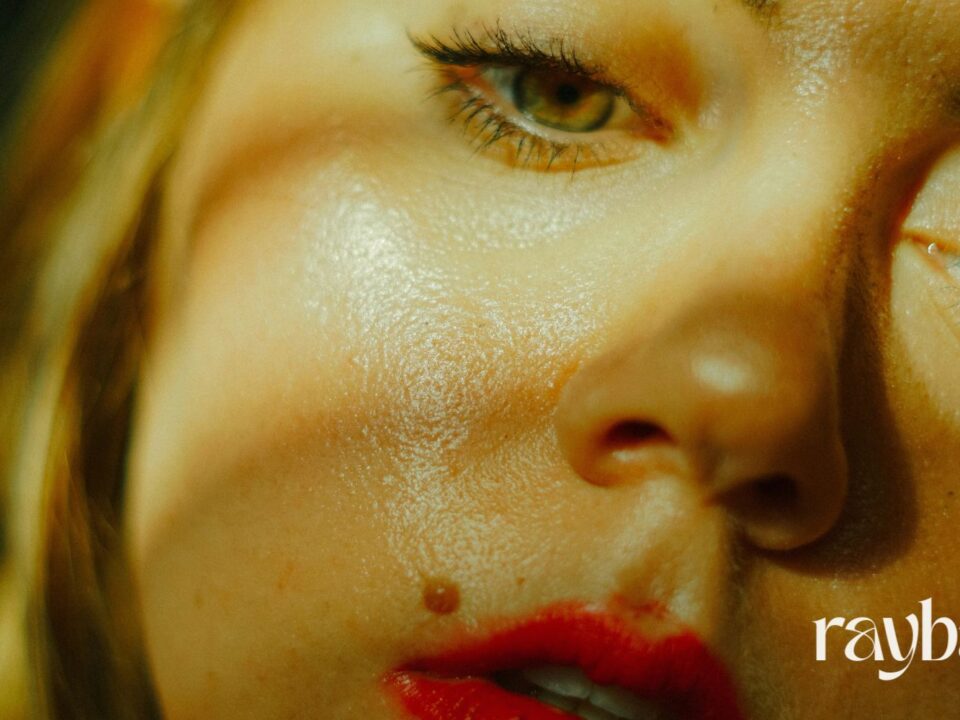If you're looking to get that perfect tan, understanding the UV index and how it impacts your skin is essential. But what exactly is the UV index, and how do you know when it's the right time to tan?
A UV index between 3 and 7 is generally ideal for tanning, as it offers a balanced amount of sunlight exposure, helping you develop a tan steadily while reducing the chances of getting sunburned. Lower UV indexes like 1 or 2 won’t provide much tanning effect, while higher levels like 8-10 can lead to faster tanning but come with an increased risk of skin damage. Always check the UV index right now before sun exposure, and use sunscreen to protect your skin, ensuring a safe and effective tanning experience.

What Is the UV Index?
The UV index measures the strength of ultraviolet (UV) radiation from the sun at any given time. It ranges from 0 (low) to 11+ (extreme), and knowing this number helps you determine how much sun exposure your skin is getting. The higher the UV index, the stronger the sun's rays—and the faster you can tan or burn
What UV Index Is Best for Tanning?
So, what is a good UV index for tanning? In general, a UV index between 3 and 7 is considered ideal for tanning. This range allows you to build a tan gradually without too much risk of sunburn if you’re using proper skin protection.
- UV Index 1-2: The sun's rays are weak. While you can technically tan, it will be a slow process, and the results may be barely noticeable.
- UV Index 3-5: This range is great for tanning. You’ll get gradual color without intense sunburn risk, though sunscreen is still a must.
- UV Index 6-7: Perfect for those who want faster tanning results, but be cautious. Sunscreen with at least SPF 30 is recommended to avoid skin damage.
- UV Index 8-10: The sun is strong, and you can tan quickly, but there's a high risk of sunburn. Proper skin protection is critical here.

Can You Get a Tan with a UV Index of 4?
Yes! A UV index of 4 is a moderate level, perfect for developing a gradual and natural-looking tan. With moderate protection like sunscreen and shorter sun exposure times, you can enjoy the sun without worrying too much about burning.
How Does the UV Index Affect Skin Tanning?
The UV index affects the intensity of the sun's rays, which in turn impacts how fast your skin tans. Stronger UV rays (higher index) penetrate your skin more deeply, causing it to produce melanin faster, resulting in a tan. However, stronger rays also mean a higher risk of skin damage, including sunburn, premature aging, and skin cancer.
Can You Get a Tan with a UV Index of 1, 2, 3, or 4?
- UV Index of 1 or 2: You’re unlikely to see significant tanning at these levels. The rays are too weak to trigger much melanin production in your skin.
- UV Index of 3 or 4: Moderate tanning can happen here. You’ll notice gradual changes in your skin tone without too much risk of sunburn. It’s a safer way to build a tan over time.

What UV Index Is Best for Tanning Skin Without Burning?
For a sun-kissed glow without the risk of burning, choose a UV index range of 3 to 5, which offers a safer environment for gradual tanning. It’s strong enough to give you visible results but not so intense that your skin will burn quickly if you use protection. Always keep in mind that even at lower UV indexes, your skin can still be damaged without proper sunscreen.
Checking the UV Index Right Now
It’s always a good idea to check the UV index right now before heading outside. You can find this information on most weather apps or through websites that track local UV conditions. Knowing the index will help you plan your time in the sun safely.

How to Tan Safely While Considering the UV Index
Here are a few tips for tanning while keeping your skin safe:
- Check the UV index daily: Always know the strength of the sun's rays in your area.
- Use sunscreen: Even if the UV index is low, sunscreen will protect your skin from long-term damage.
- Limit exposure: Avoid staying out too long during peak UV hours (10 a.m. to 4 p.m.).
- Wear protective gear: Hats and sunglasses are your friends when tanning.
- Hydrate: Drink plenty of water to keep your skin healthy while tanning.
My Experience:
I’ve found that tanning with a UV index of 4 to 5 has been the most effective and comfortable for my skin. I once tried tanning when the UV index was 7, thinking it would speed up the process, but I ended up with a sunburn despite using sunscreen. After that, I stuck to the moderate range of 3 to 5, which allowed me to build a gradual, healthy tan without any burning. Checking the UV index beforehand and using the right protection made all the difference in achieving a balanced result.

FAQ: Understanding UV Index and Tanning
What UV Index Gets You Tan?
A UV index of 3 to 7 is generally ideal for tanning. This range allows you to gradually build a tan without excessive sunburn risk. At these levels, your skin absorbs enough ultraviolet radiation to stimulate melanin production, resulting in a visible tan. Lower indexes, like 1 or 2, won’t provide enough UV exposure for noticeable tanning, while higher levels, like 8-10, may tan your skin faster but increase the risk of sunburn and skin damage.
How Long Does It Take to Get a Tan in UV-7?
With a UV index of 7, your skin can tan within 20 to 30 minutes of sun exposure. However, the tanning process and its effectiveness depend on your skin type and sun sensitivity. Fairer skin types may need less time to notice a tan, but they are also at higher risk of burning. Always apply sunscreen, even in UV-7, to protect your skin from harmful UV radiation while tanning.
How to Tan in UV-8?
When tanning in a UV index of 8, the sun’s rays are very strong, so you’ll need to take extra precautions. You can tan in as little as 15 to 20 minutes, but the risk of sunburn is significantly higher. To tan safely:
- Use a broad-spectrum sunscreen with an SPF of 30 or above.
- Limit your time in direct sunlight to short intervals.
- Wear sunglasses and a hat when not directly tanning.
- Hydrate often and seek shade to cool off in between sessions. Remember, at UV-8, your skin tans quickly, but the potential for damage is much greater, so proper sun protection is key.
How Long to Burn in UV-5?
At a UV index of 5, the sun's rays are moderately strong, and fair skin types can burn in about 30 to 45 minutes without protection. Even though this index allows for gradual tanning, it’s crucial to apply sunscreen to prevent burns. For those with darker skin, the risk of burning is lower, but sun protection is still important for long-term skin health. If you plan to tan with a UV index of 5, consider taking breaks in the shade after 20-30 minutes of sun exposure to prevent overexposure.
Conclusion: Finding the Sweet Spot
A UV index between 3 and 7 is optimal for tanning. Always prioritize your skin’s health by applying sunscreen, staying hydrated, and limiting your time under direct sunlight. With the right balance, you can achieve a beautiful tan while keeping your skin protected.
Stay sun-smart and tan safely!




